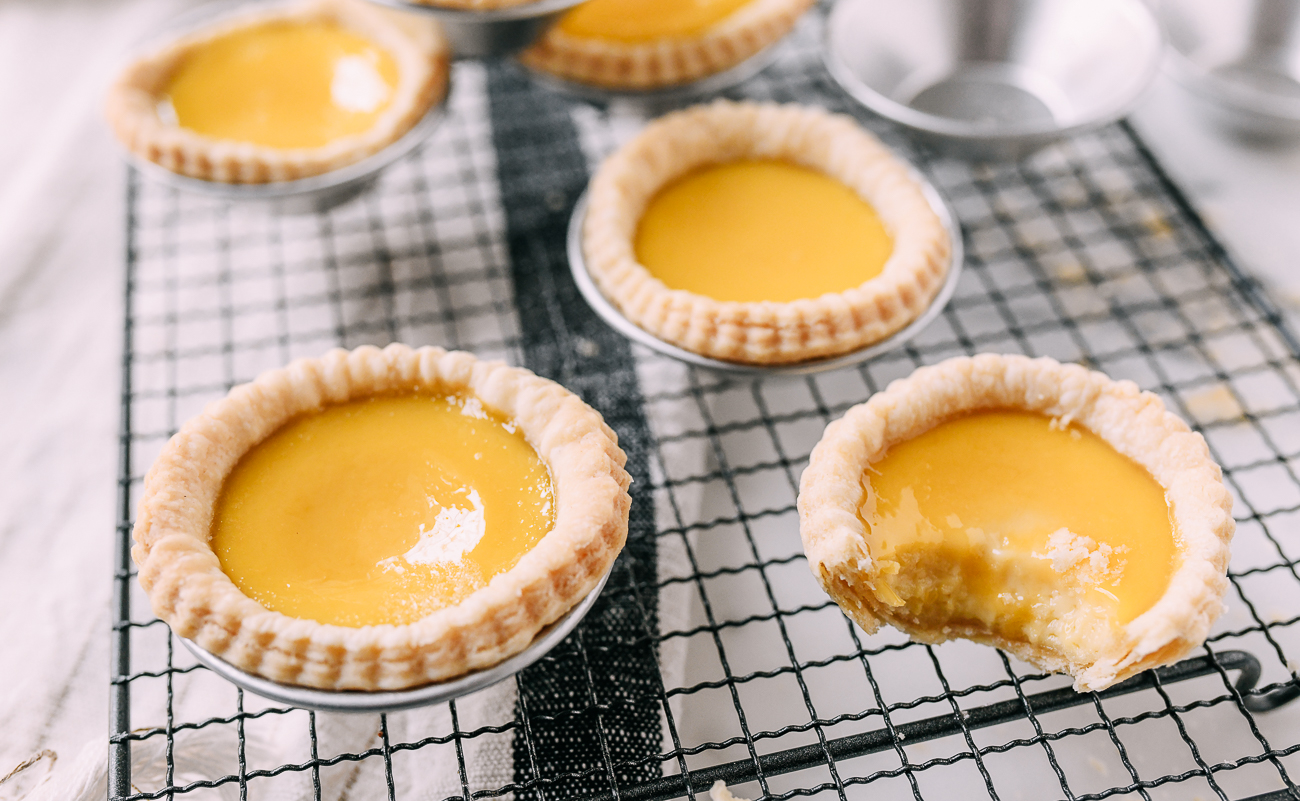

Sprinkle a pastry board with coconut flour. In a glass measuring cup, dissolve the sugar with the warm water and set aside to get to room temperature. These tarts hold a significant part of Chinese childhood and remain a classic dessert to enjoy. Place the rack in lower half of the oven. With both British and Portuguese influence, the Chinese egg tart “daan tat” was born. This classic Chinese custard is simply deceptive to master on the stove, but deceptively simple in the microwave. When Portugal settled in Southern China in the 16th century, the tarts began their international expansion.It wasn’t until the 1940’s that they became a household name when they were served at port markets to mimic English custard tarts during WWII. The popularity of these custard tarts did not stop there. The descendents of the original Fábrica de Pastéis de Belém still serve the original Portuguese tart today!


Preheat the oven to 375° F/190☌, and position a rack in the lower third of your oven. While this measuring cup in the photo below wasn’t big enough to hold all the custard, you should have about 2 to 2 1/4 cups total. As a result, they created egg tarts! They were so popular, Fábrica de Pastéis de Belém (a sugar refinery) bought the monks’ recipe in 1834. This step is important to getting a smooth, glassy egg tart. With no desire to waste food, the monks wanted to make use of the remaining egg yolks. In a medium saucepan, combine the sugar, water and. Make the filling: Preheat the oven to 500°. The story goes that their origins began at the Jerónimos Monastery in Lisbon (15th century), where nuns used egg whites to starch their clothing. Wrap in plastic wrap and refrigerate until very firm, at least 2 hours, preferably overnight. In Portugal, they are referred to as “ Pastéis de nata ”.


 0 kommentar(er)
0 kommentar(er)
